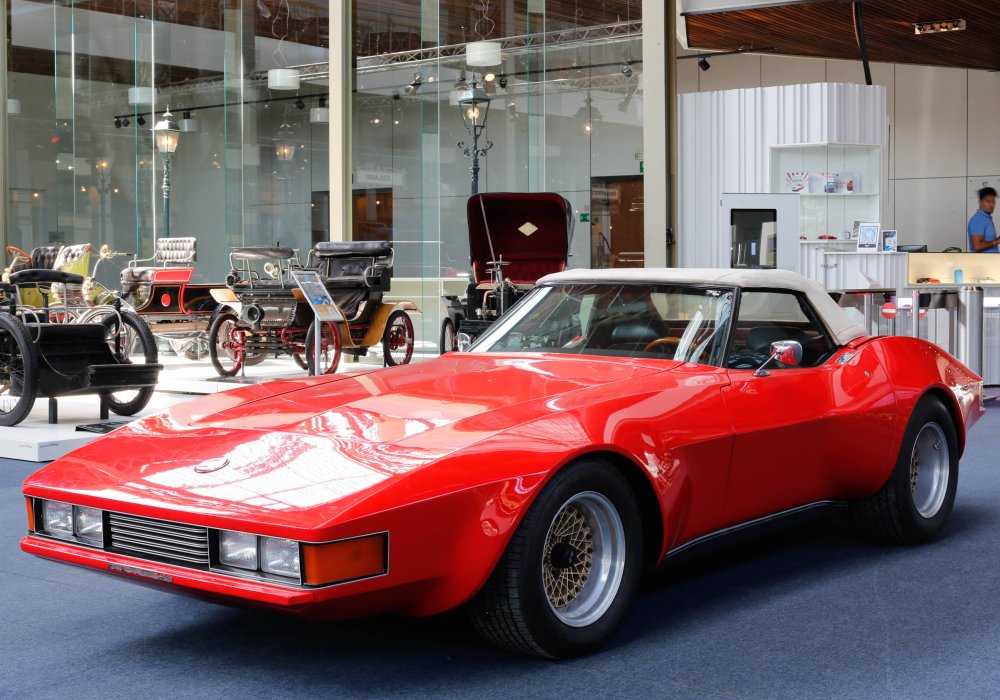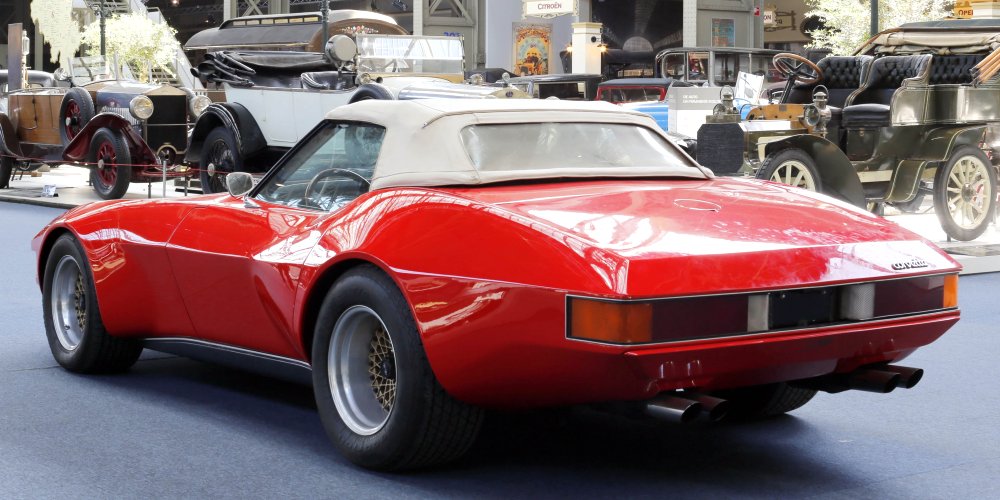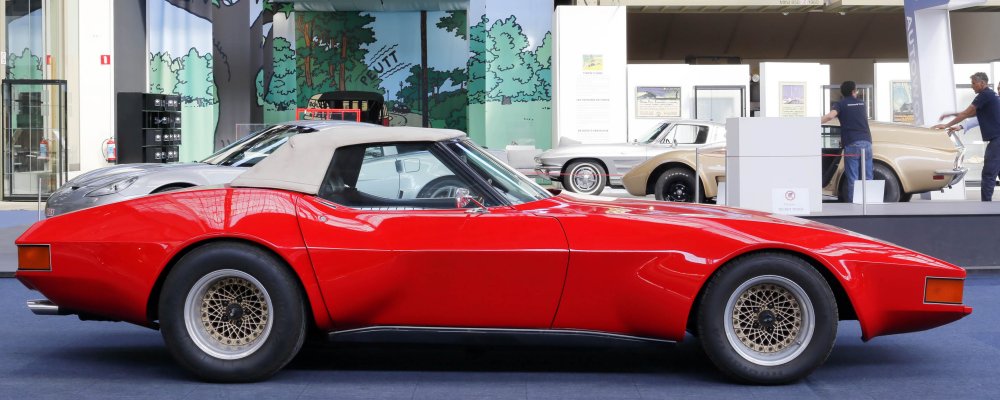Description
In the mid-1960s, Chevrolet’s second‐generation (C2) Corvette was offered only as a coupe and a convertible was conspicuously absent from the lineup. Harry Mann, a Southern California coachbuilder known for his custom‐car work, saw an opportunity to fill that gap. The Harry Mann Prototype began as a standard 1965 Corvette Sting Ray coupe but underwent extensive modification to create both a fully functional convertible and a demonstration of what a factory‐approved drop‐top Corvette might have looked like.
To convert the coupe into a true convertible, Mann’s team removed the entire rear roof structure and fabricated new inner support reinforcements to restore rigidity. Instead of a simple “cut and drop” approach, they reengineered the windshield frame, extending its A‐pillars slightly rearward. This change allowed for a unique side‐window profile that retained much of the coupe’s original silhouette when the top was down. The manually operated soft top folded into a custom rear‐deck compartment, and a one‐piece rear window—constructed from a reinforced Plexiglas material—stowed beneath a hinged body panel, giving the car a clean appearance whether the top was up or down.
Externally, the Harry Mann Prototype retained the familiar swept lines of the Sting Ray but featured subtle tailored touches: a raised cove surround at the rear fenders, custom louvers cut into the engine bay to aid cooling, and flared rocker panels that eased the tuck of the soft‐top stack. Early “Mann Special” badges appeared on the front fenders, signaling its coachbuilt origins. Inside, the prototype received a modified dash with recessed wiring harnesses to accommodate an optional power‐top conversion kit Mann offered to clients. Custom seat upholstery—typically in black leather with contrast piping—echoed the period’s European sports‐car influence, while retaining factory gauge clusters and controls wherever possible.
Under the hood, the prototype was usually equipped with Chevrolet’s 327‐cid V8, most often in the 365‐ or 375‐horsepower trim, paired with either a close‐ratio four‐speed manual or a Turbo Hydra‐Matic three‐speed automatic. Mann’s team didn’t significantly alter the suspension geometry, but they did reinforce the chassis rails and install heavier front springs to offset the loss of rigidity from removing the fixed roof. Braking remained the four‐wheel disc‐brake setup standard on high‐performance Sting Rays, though upgraded brake linings and stiffer sway bars were often fitted as optional track‐ready components.
Although the prototype demonstrator was built to showcase Harry Mann’s skills and to lure GM into offering a factory convertible, Chevrolet never adopted his design. Instead, production convertibles returned officially in 1966 with the C2’s final year—with styling and structural approaches entirely different from Mann’s coachbuilt example. Only a handful of Harry Mann Convertible prototypes and subsequent customer conversions were ever completed, making them exceedingly rare today. Surviving examples are typically found in private collections or displayed at specialty Corvette events, where they stand as a testament to an era when independent coachbuilders strove to influence the direction of America’s sports car.


